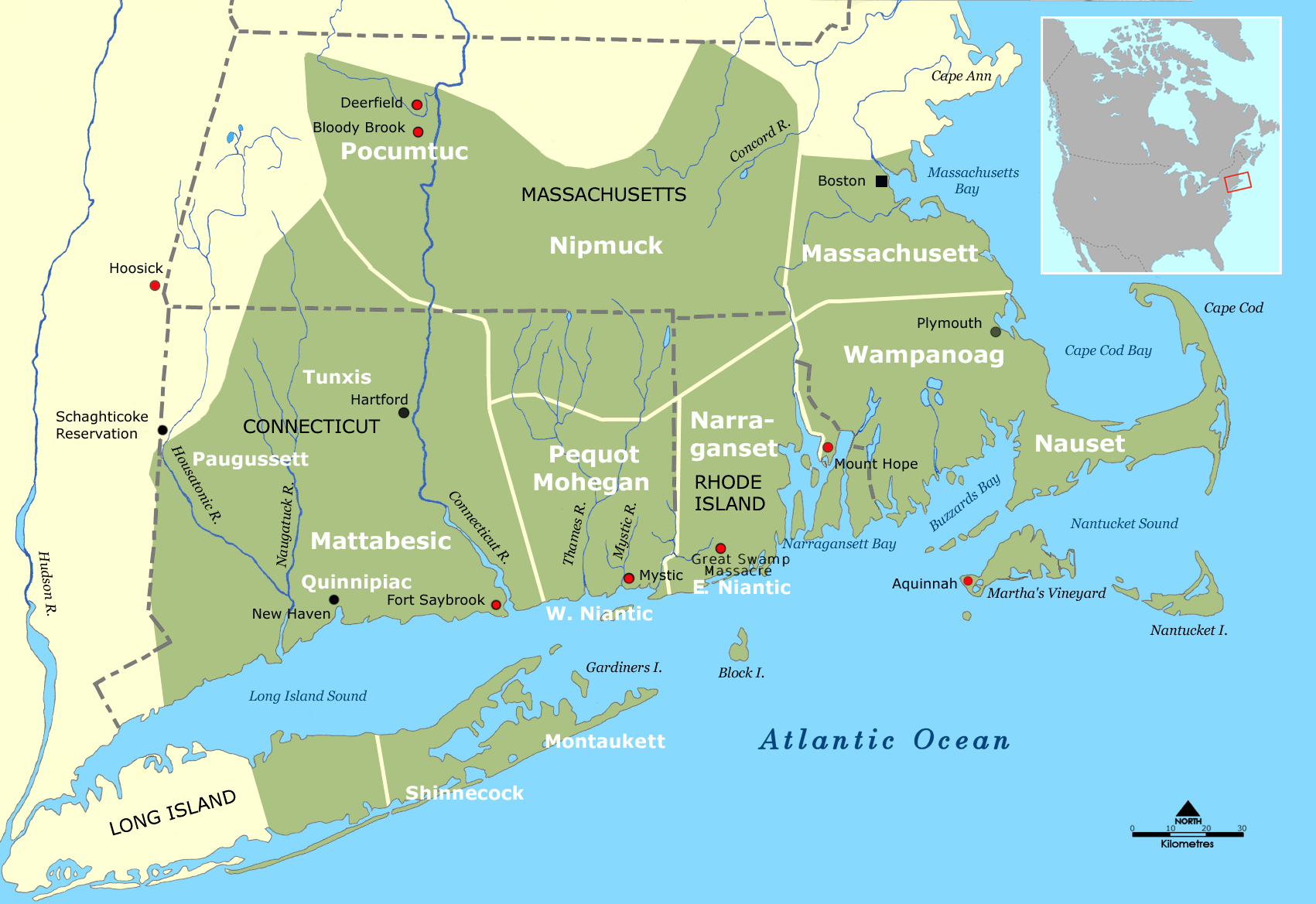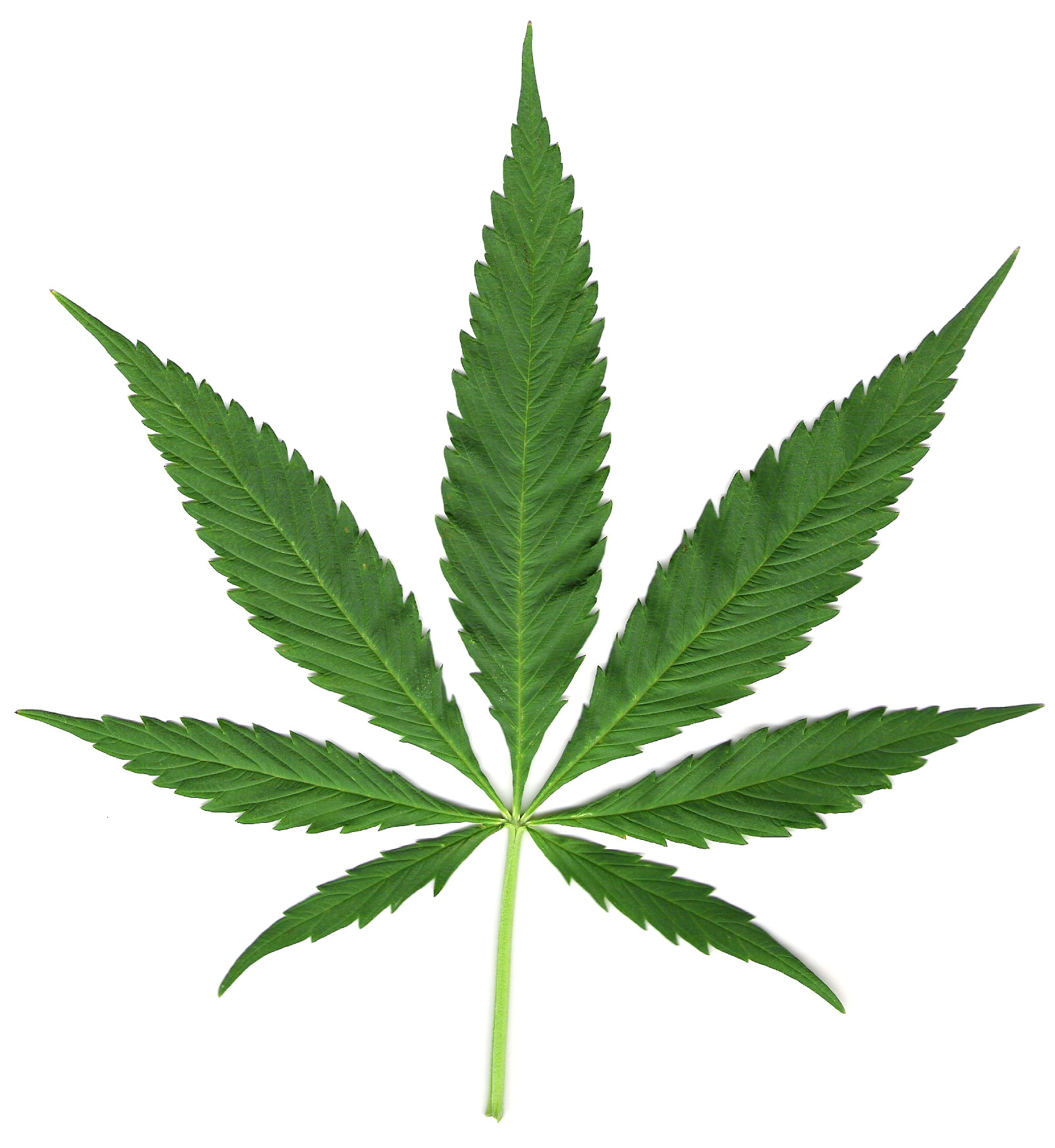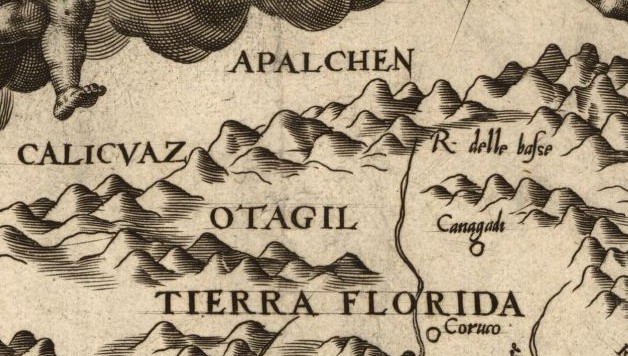|
Thaspium Trifoliatum
''Thaspium trifoliatum'', commonly called meadow-parsnip or purple meadow-parsnip is a species of flowering plant in the carrot family (Apiaceae). It is native to eastern North America where it is found in many eastern U.S states (excluding the region of New England) and in Ontario, Canada. It has a broad natural habitat, which includes mesic to dry forests and woodlands, prairies, bluffs, and rock outcrops. Description ''Thaspium trifoliatum'' is an herbaceous perennial growing tall. It has a few basal leaves that are about across and heart-shaped. Stem leaves are alternate and trifoliate, with 3 lanceolate to ovate-lanceolate leaflets measuring long. The leaflets are finely serrate with a notably white-translucent margin. The inflorescence is a compound, flat umbel with very small flowers at the end of the upper stems. The flower at the center of the umbel is slightly higher than the others. Each umbel is across. The flowers are golden yellow or dark maroon, produced in ... [...More Info...] [...Related Items...] OR: [Wikipedia] [Google] [Baidu] |
Apiaceae
Apiaceae () or Umbelliferae is a family of mostly aromatic flowering plants named after the type genus ''Apium,'' and commonly known as the celery, carrot, or parsley family, or simply as umbellifers. It is the 16th-largest family of flowering plants, with more than 3,800 species in about 446 genus, genera,Stevens, P.F. (2001 onwards).APIACEAE Lindley, nom. cons. ''Angiosperm Phylogeny Website''. Retrieved 16 December 2022. including such well-known, and economically important plants as ajwain, angelica, anise, Ferula assa-foetida, asafoetida, caraway, carrot, celery, chervil, coriander, cumin, dill, fennel, lovage, cow parsley, parsley, parsnip and Eryngium maritimum, sea holly, as well as Silphium (antiquity), silphium, a plant whose exact identity is unclear and which may be extinct. The family Apiaceae includes a significant number of phototoxic species, such as giant hogweed, and a smaller number of highly poisonous species, such as Conium maculatum, poison hemlock, Cicuta, ... [...More Info...] [...Related Items...] OR: [Wikipedia] [Google] [Baidu] |
New England
New England is a region consisting of six states in the Northeastern United States: Connecticut, Maine, Massachusetts, New Hampshire, Rhode Island, and Vermont. It is bordered by the state of New York (state), New York to the west and by the Canadian provinces of New Brunswick to the northeast and Quebec to the north. The Gulf of Maine and Atlantic Ocean are to the east and southeast, and Long Island Sound is to the southwest. Boston is New England's largest city and the capital of Massachusetts. Greater Boston, comprising the Boston–Worcester–Providence Combined Statistical Area, houses more than half of New England's population; this area includes Worcester, Massachusetts, the second-largest city in New England; Manchester, New Hampshire, the largest city in New Hampshire; and Providence, Rhode Island, the capital of and largest city in Rhode Island. In 1620, the Pilgrims (Plymouth Colony), Pilgrims established Plymouth Colony, the second successful settlement in Briti ... [...More Info...] [...Related Items...] OR: [Wikipedia] [Google] [Baidu] |
Perennial
In horticulture, the term perennial ('' per-'' + '' -ennial'', "through the year") is used to differentiate a plant from shorter-lived annuals and biennials. It has thus been defined as a plant that lives more than 2 years. The term is also loosely used to distinguish plants with little or no woody growth (secondary growth in girth) from trees and shrubs, which are also technically ''perennials''. Notably, it is estimated that 94% of plant species fall under the category of perennials, underscoring the prevalence of plants with lifespans exceeding two years in the botanical world. Perennials (especially small flowering plants) that grow and bloom over the spring and summer, die back every autumn and winter, and then return in the spring from their rootstock or other overwintering structure, are known as herbaceous perennials. However, depending on the rigours of the local climate (temperature, moisture, organic content in the soil, microorganisms), a plant that is a peren ... [...More Info...] [...Related Items...] OR: [Wikipedia] [Google] [Baidu] |
Basal Leaves
A leaf (: leaves) is a principal appendage of the stem of a vascular plant, usually borne laterally above ground and specialized for photosynthesis. Leaves are collectively called foliage, as in "autumn foliage", while the leaves, stem, flower, and fruit collectively form the shoot system. In most leaves, the primary photosynthetic tissue is the palisade mesophyll and is located on the upper side of the blade or lamina of the leaf, but in some species, including the mature foliage of ''Eucalyptus'', palisade mesophyll is present on both sides and the leaves are said to be isobilateral. The leaf is an integral part of the stem system, and most leaves are flattened and have distinct upper ( adaxial) and lower (abaxial) surfaces that differ in color, hairiness, the number of stomata (pores that intake and output gases), the amount and structure of epicuticular wax, and other features. Leaves are mostly green in color due to the presence of a compound called chlorophyll which ... [...More Info...] [...Related Items...] OR: [Wikipedia] [Google] [Baidu] |
Trifoliate
The following terms are used to describe leaf morphology in the description and taxonomy of plants. Leaves may be simple (that is, the leaf blade or 'lamina' is undivided) or compound (that is, the leaf blade is divided into two or more leaflets). The edge of the leaf may be regular or irregular, and may be smooth or have hair, bristles, or spines. For more terms describing other aspects of leaves besides their overall morphology see the leaf article. The terms listed here all are supported by technical and professional usage, but they cannot be represented as mandatory or undebatable; readers must use their judgement. Authors often use terms arbitrarily, or coin them to taste, possibly in ignorance of established terms, and it is not always clear whether because of ignorance, or personal preference, or because usages change with time or context, or because of variation between specimens, even specimens from the same plant. For example, whether to call leaves on the same tree "ac ... [...More Info...] [...Related Items...] OR: [Wikipedia] [Google] [Baidu] |
Lanceolate
The following terms are used to describe leaf plant morphology, morphology in the description and taxonomy (biology), taxonomy of plants. Leaves may be simple (that is, the leaf blade or 'lamina' is undivided) or compound (that is, the leaf blade is divided into two or more leaflet (botany), leaflets). The edge of the leaf may be regular or irregular, and may be smooth or have hair, bristles, or spines. For more terms describing other aspects of leaves besides their overall morphology see the leaf#Terminology, leaf article. The terms listed here all are supported by technical and professional usage, but they cannot be represented as mandatory or undebatable; readers must use their judgement. Authors often use terms arbitrarily, or coin them to taste, possibly in ignorance of established terms, and it is not always clear whether because of ignorance, or personal preference, or because usages change with time or context, or because of variation between specimens, even specimens from ... [...More Info...] [...Related Items...] OR: [Wikipedia] [Google] [Baidu] |
Leaflet (botany)
A leaflet (occasionally called foliole) in botany is a leaf-like part of a compound leaf. Though it resembles an entire leaf, a leaflet is not borne on a main plant stem or branch, as a leaf is, but rather on a leaf, petiole or a branch of the leaf. Compound leaves are common in many plant families and they differ widely in morphology (biology), morphology. The two main classes of compound leaf morphology are Leaf shape, palmate and pinnate. For example, a ''Cannabis, hemp'' plant has palmate compound leaves, whereas some species of ''Acacia sensu lato, Acacia'' have pinnate leaves. The ultimate free division (or leaflet) of a compound leaf, or a pinnate subdivision of a multipinnate leaf is called a pinnule or pinnula. Image:Ветвь акации.jpg, Pinnate leaf of a Fabaceae, legume with 10 leaflets Image:Mimosa Pudica.gif, ''Mimosa pudica'' folding leaflets inward. See also * Compound leaf References Leaf morphology {{plant-morphology-stub ... [...More Info...] [...Related Items...] OR: [Wikipedia] [Google] [Baidu] |
Inflorescence
In botany, an inflorescence is a group or cluster of flowers arranged on a plant's Plant stem, stem that is composed of a main branch or a system of branches. An inflorescence is categorized on the basis of the arrangement of flowers on a main axis (Peduncle (botany), peduncle) and by the timing of its flowering (determinate and indeterminate). Morphology (biology), Morphologically, an inflorescence is the modified part of the Shoot (botany), shoot of spermatophyte, seed plants where flowers are formed on the axis of a plant. The modifications can involve the length and the nature of the internode (botany), internodes and the phyllotaxis, as well as variations in the proportions, compressions, swellings, adnations, connations and reduction of main and secondary axes. One can also define an inflorescence as the reproductive portion of a plant that bears a cluster of flowers in a specific pattern. General characteristics Inflorescences are described by many different charact ... [...More Info...] [...Related Items...] OR: [Wikipedia] [Google] [Baidu] |
Umbel
UMBEL (Upper Mapping and Binding Exchange Layer) is a logically organized knowledge graph of 34,000 concepts and entity types that can be used in information science for relating information from disparate sources to one another. It was retired at the end of 2019. UMBEL was first released in July 2008. Version 1.00 was released in February 2011. Its current release is version 1.50. The grounding of this information occurs by common reference to the permanent URIs for the UMBEL concepts; the connections within the UMBEL upper ontology enable concepts from sources at different levels of abstraction or specificity to be logically related. Since UMBEL is an open-source extract of the OpenCyc knowledge base, it can also take advantage of the reasoning capabilities within Cyc. UMBEL has two means to promote the semantic interoperability of information:. It is: * An ontology of about 35,000 reference concepts, designed to provide common mapping points for relating different on ... [...More Info...] [...Related Items...] OR: [Wikipedia] [Google] [Baidu] |
Zizia Aptera
''Zizia'' is a genus of flowering plants in the parsley family, Apiaceae. It was named after Johann Baptist Ziz (1779–1829), a German botanist from the Rhineland The Rhineland ( ; ; ; ) is a loosely defined area of Western Germany along the Rhine, chiefly Middle Rhine, its middle section. It is the main industrial heartland of Germany because of its many factories, and it has historic ties to the Holy ....Ovalleaf Golden Alexanders (''Zizea aptera''). Native Wildflowers of the North Dakota Grasslands. Northern Prairie Wildlife Research Center. USGS. It is native to North America. Like most other plants in the family, these produce compound umbels of flowers. Species include: [...More Info...] [...Related Items...] OR: [Wikipedia] [Google] [Baidu] |
Appalachian Mountains
The Appalachian Mountains, often called the Appalachians, are a mountain range in eastern to northeastern North America. The term "Appalachian" refers to several different regions associated with the mountain range, and its surrounding terrain. The general definition used is one followed by the United States Geological Survey and the Geological Survey of Canada to describe the respective countries' Physiographic region, physiographic regions. The U.S. uses the term Appalachian Highlands and Canada uses the term Appalachian Uplands; the Appalachian Mountains are not synonymous with the Appalachian Plateau, which is one of the provinces of the Appalachian Highlands. The Appalachian range runs from the Newfoundland (island), Island of Newfoundland in Canada, southwestward to Central Alabama in the United States; south of Newfoundland, it crosses the 96-square-mile (248.6 km2) archipelago of Saint Pierre and Miquelon, an overseas collectivity of France, meaning it is technica ... [...More Info...] [...Related Items...] OR: [Wikipedia] [Google] [Baidu] |
Ozark Mountains
The Ozarks, also known as the Ozark Mountains, Ozark Highlands or Ozark Plateau, is a physiographic region in the U.S. states of Missouri, Arkansas, and Oklahoma, as well as a small area in the southeastern corner of Kansas. The Ozarks cover a significant portion of northern Arkansas and most of the southern half of Missouri, extending from Interstate 40 in Arkansas, Interstate 40 in central Arkansas to Interstate 70 in Missouri, Interstate 70 in central Missouri. There are two mountain ranges in the Ozarks: the Boston Mountains of Arkansas and Oklahoma, as well as the St. Francois Mountains of Missouri. Wahzhazhe Summit (formerly known as Buffalo Lookout), is the highest point in the Ozarks at , and is located in the Boston Mountains, in the westernmost part of Newton County, Arkansas, east of Boston, Arkansas, Boston, Madison County, Arkansas. Geologically, the area is a broad dome (geology), dome with the exposed core in the ancient St. Francois Mountains. The Ozarks cove ... [...More Info...] [...Related Items...] OR: [Wikipedia] [Google] [Baidu] |





